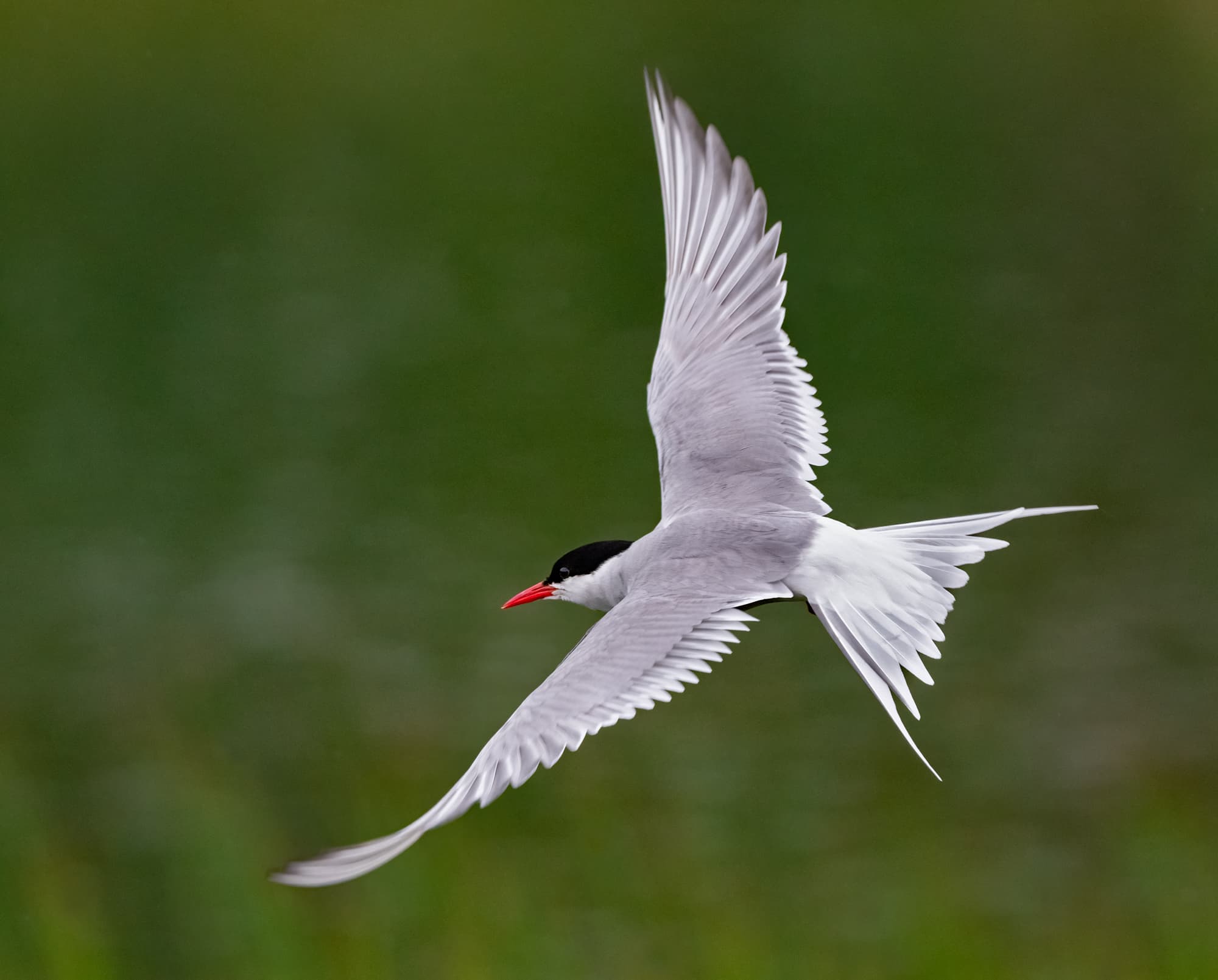
Making your way in the world today takes everything you’ve got, according to a popular US sitcom, and roughly 50% of all bird species surely know this. But not all migrating species go to great lengths, not all follow the same routes, and not all do so during the “traditional” spring and fall.
Birds are constantly on the move, fleeing predators, or finding nesting materials, food, water, each other. But when they uproot themselves and leave an area they have occupied for months at a time, they are said to have migrated, and this usually applies not to individuals but to an entire species. As we learn more and more about the habits and lives of birds, we have discovered fascinating insight into where, how, and why they go.
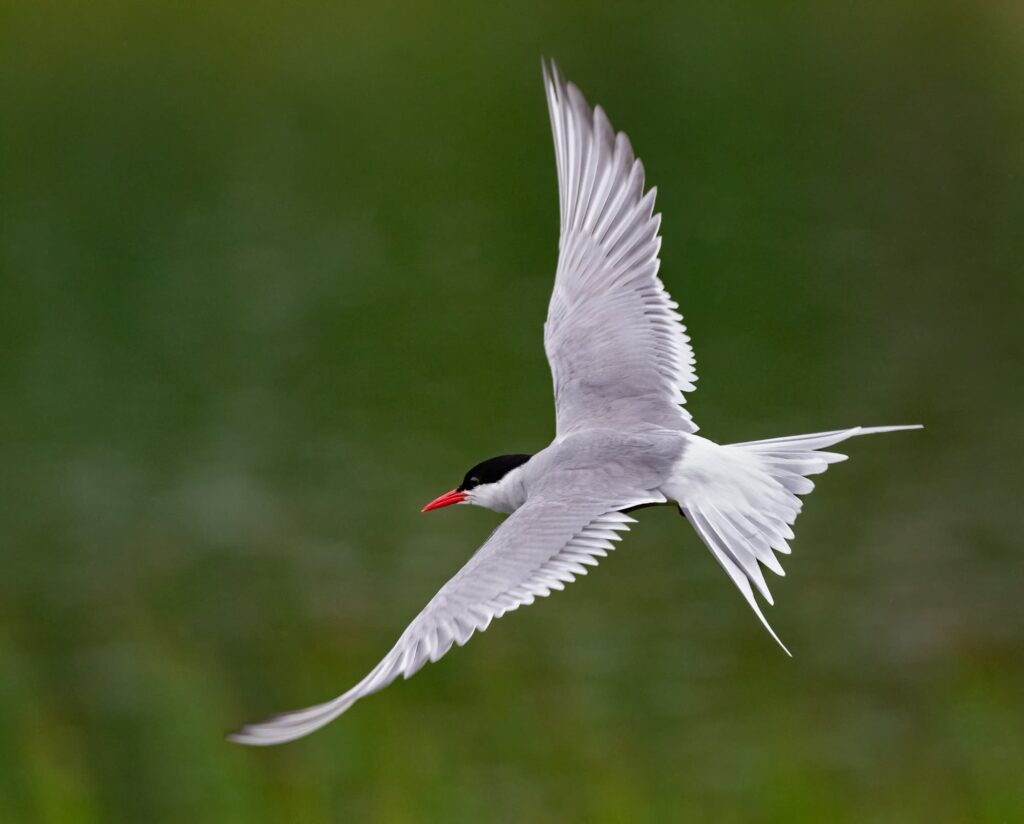
Arctic Tern
Google the words ‘bird migration’ and chances are somewhere in the results will be a mention of the Arctic tern, and rightly so. This species currently holds the record for the most extreme migration, traveling from pole to pole every year and forever chasing summer, making them the only species to see more daylight than any other creature in the world. Over their 25–30-year life-span, an individual bird is thought to rack up more than 1 million kilometers travelled between the Arctic and Antarctic. As this bird not only avoids three of the four seasons for its entire life, but it also ranges across the whole planet, meaning Arctic terns are both seasonal and latitudinal migrators.
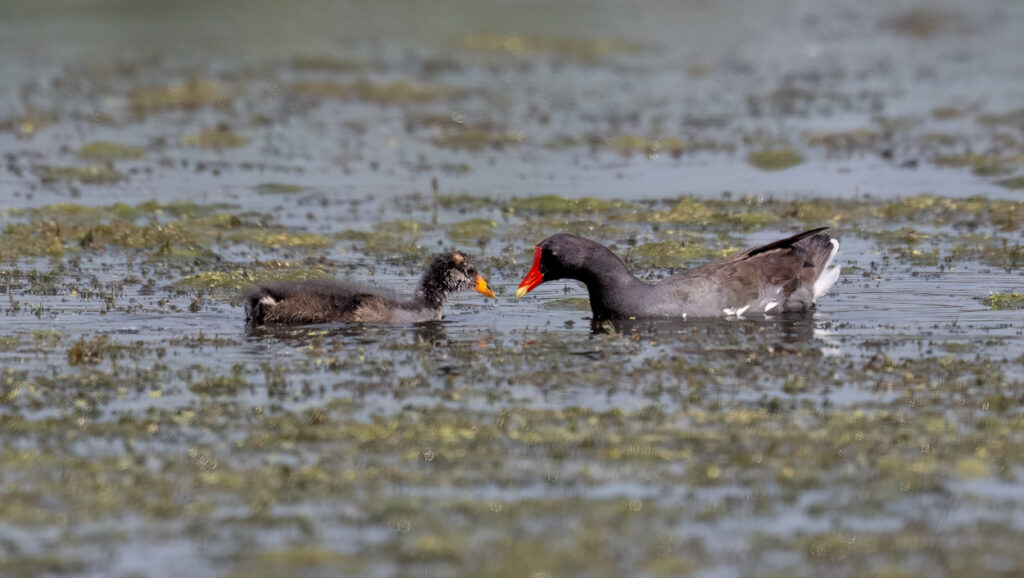
Purple Gallinule
There are also species that don’t often follow ‘traditional’ routes; purple gallinules, for instance, are renowned for their meandering migrations as they wander across the Americas, with almost annual reports of some arriving in southern Africa. One of the world’s most popular cagebirds owing in part to their size, budgerigars are intelligent small parrots who are easy to care for and sociable – but try and follow wild ones on their migration and you will soon get lost, as they simply follow storm systems, flying neither north-south nor east-west but in more of a slightly crazed loop.
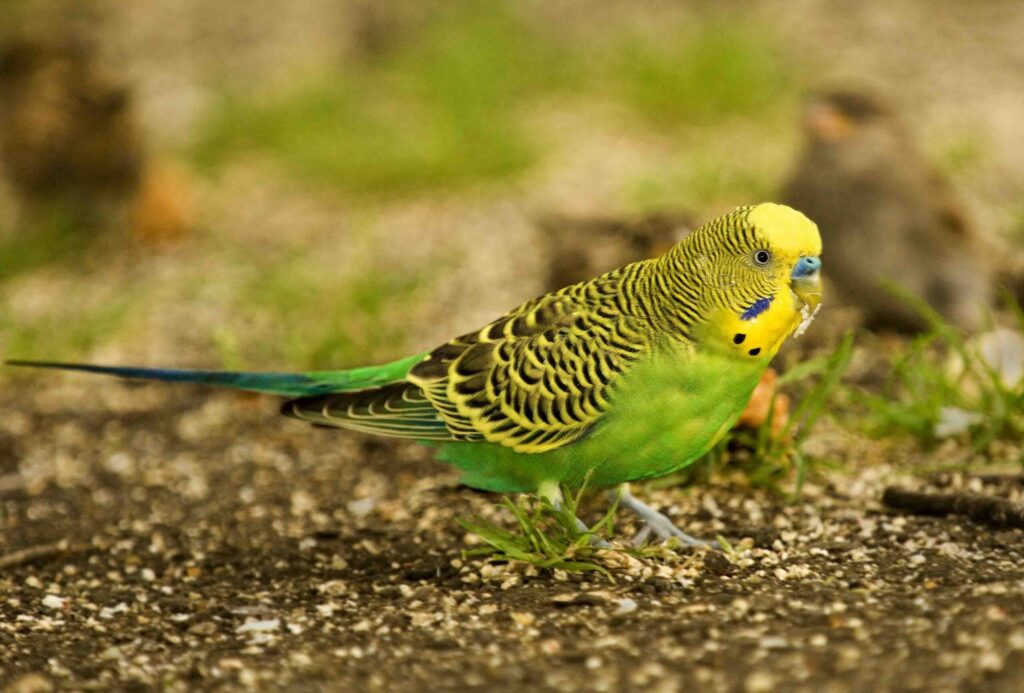
Budgerigar
Then there are the altitudinal migrants – species who travel anything from a few kilometers to just a few meters, but they do so vertically, rather than horizontally. These tend to be species found in alpine regions, but anywhere that has mountainous slopes will be home to some migrants, such as the Hawaiian Goose, seen in the lower elevations during breeding and molting seasons but will move to higher elevations during non-breeding seasons.
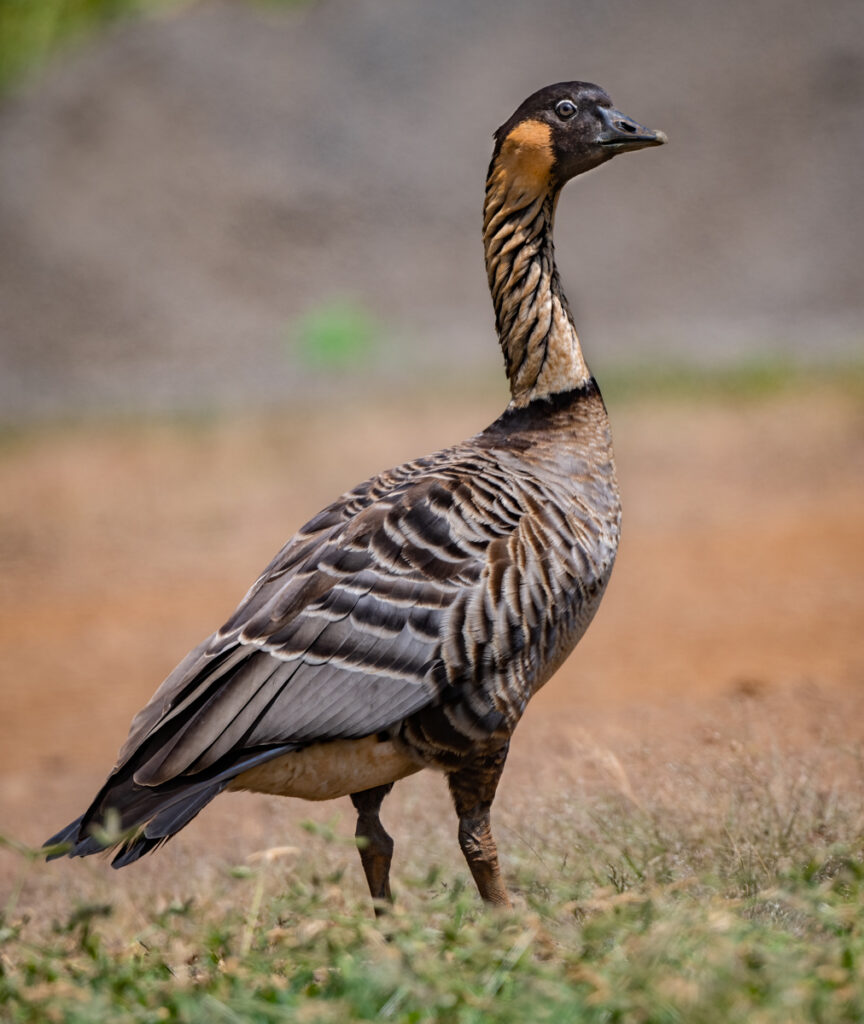
Hawaiian Goose
The aptly-named Mountain chickadee whose range extends from the Yukon in California to the Rocky Mountain States, is considered a migrant, but the only time they truly migrate far is after fledging, to move away from their parent’s territory and establish their own. The occasional food shortage will send them downslope for a time, but only while the shortage lasts; nonetheless they still fit the bill as migrants because of the initial shift in geography.
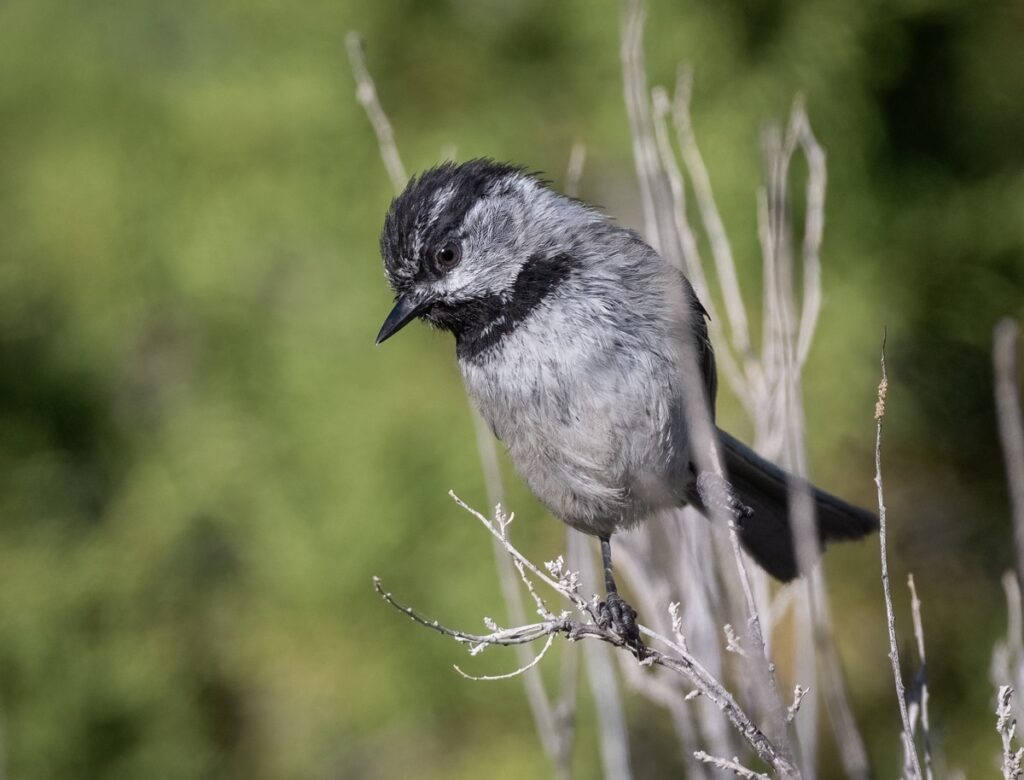
Mountain Chickadee
Then, there are some species of birds who will fly to certain parts of the world to join others in a mass ‘safety-in-numbers’ party – molt migration. European duck and goose species make the journey after breeding season to waters that are relatively protected, where they can lose their torn and weathered feathers in relative safety while growing a new set. Purple sandpipers, common ringed plover and redshank are just a few of the 35 or so waterbird species who congregate on the shores of the Wadden Sea area off the coast of Germany and Denmark, a vast coastal system of intertidal sand and mud flats, the perfect place for a wardrobe change.
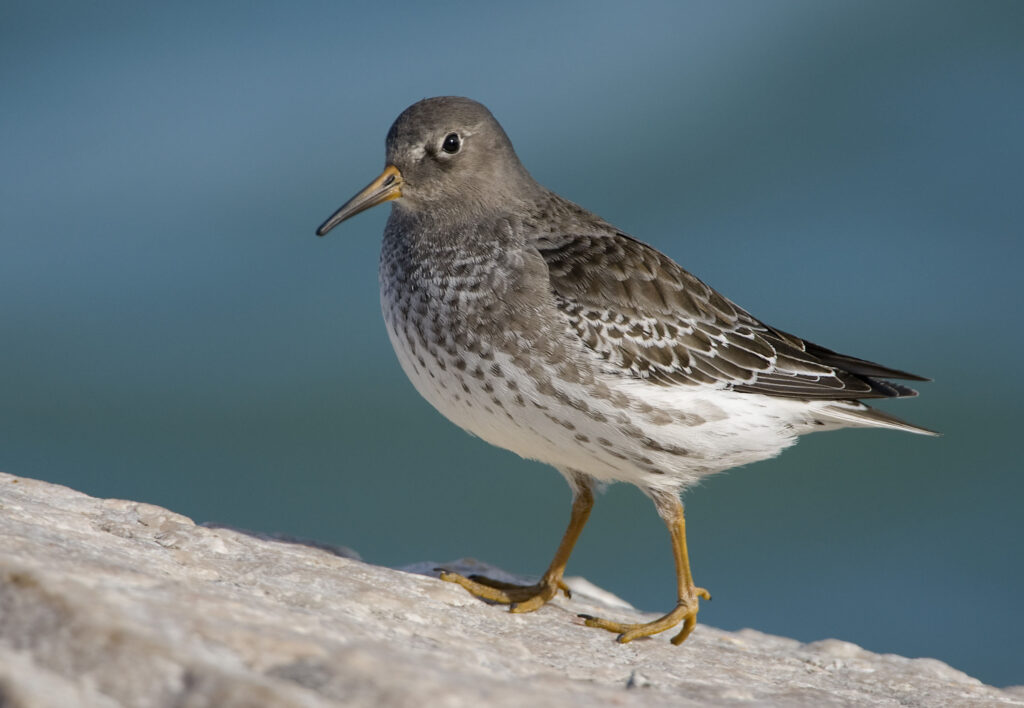
The word migration comes from the Latin migrātiō, to move to a new place; while there is movement, the key part of migration must involve a change of scenery. When we think of migrating birds, most of us call to mind millions of warblers heading along the East Coast to or from the Gulf of Mexico, waterbirds converging on the shores of the Great Lakes, and high-up chevrons of honking geese and warbling cranes every spring and fall. But think now of all the other movements, great and small, far and near, up and down, that are occurring in almost every part of the world, almost every day, and marvel at a bird’s innate ability to know when the time is right to make that move.


